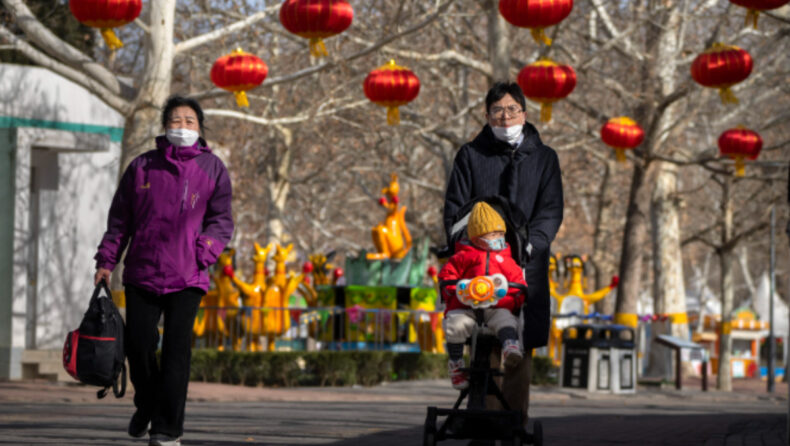China’s firm Trip.com plans to implement fresh childcare subsidies valued at 1 billion yuan for incentivizing its workforce of 32,000 employees to start families.
As part of a program aimed at promoting working families and supporting employees in their family planning, China’s online tourism agency, Trip.com, will introduce a new subsidy worth 1 billion yuan. Employees who have completed a minimum of three years of service will be eligible for an annual cash bonus of 10,000 yuan ($1,379), starting from their first child’s birthday, as stated in a recent announcement.

In a subsequent Chinese statement, Trip.com announced that all full-time employees in China who have served the company for a minimum of three years will be eligible for the bonus, without any distinction based on their gender, position, or job location. This family-friendly program comes as a response to the declining birth rates in China, the world’s second-largest economy.
As another recent development, Beijing Dabeinong Technology, an agricultural company in China, revealed its plan to provide a cash bonus to its employees based on the number of children they have. Last year, the company announced that having a third child would entitle employees to a cash bonus of 90,000 yuan ($12,391). Similarly, the birth of a first child would result in a payment of 30,000 yuan ($4,130), while the birth of a second child would lead to a payment of 60,000 yuan ($8,260).
China’s rapid population shrinkage
In China, declining fertility rates can be attributed to multiple factors such as the increasing expenses associated with raising children and higher levels of education among women. Additionally, certain female employees encounter high-pressure work environments that may have discriminatory practices, prompting them to postpone or abandon their plans for having children. Concerns over potential career setbacks or job loss arise from the prospect of taking extended maternity leave or simply becoming pregnant.
In 2022, China experienced its first population decline in over 60 years, marked by a birth rate of merely 6.77 births per 1,000 people. This figure represents the lowest birth rate since the establishment of Communist China in 1949. As a result, China has now become the world’s second most populous country, having been surpassed by India, as reported by the United Nations.

China’s “one child” policy, which had been in effect for decades, was abolished by Beijing in 2015, initially granting married couples the permission to have two children. However, following a temporary increase in 2016, the country’s overall birth rate has since continued to decline.
Policymakers are deeply concerned about this matter due to its potential far-reaching consequences for the country. It not only exacerbates the challenges posed by an aging population but also has the potential to impact economic growth. Moreover, it may lead to a decrease in tax revenue and contributions to an already burdened pension system.
China has witnessed a significant decline in its birth rate over the years. The indicator, which represents the average number of lifetime births per woman, dropped to 1.07 in 2022, well below the threshold of 2.1 required to sustain the population, excluding migration.













